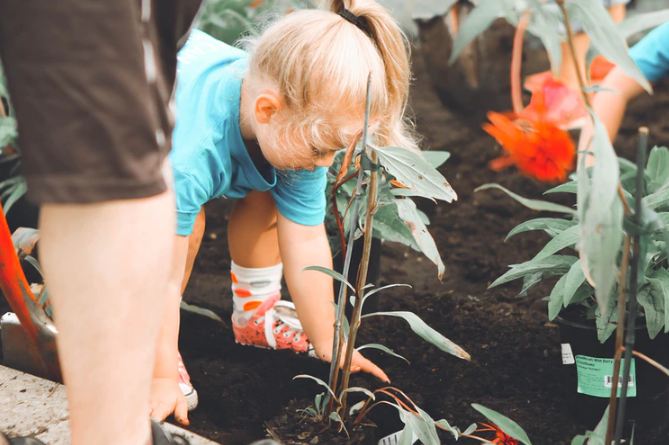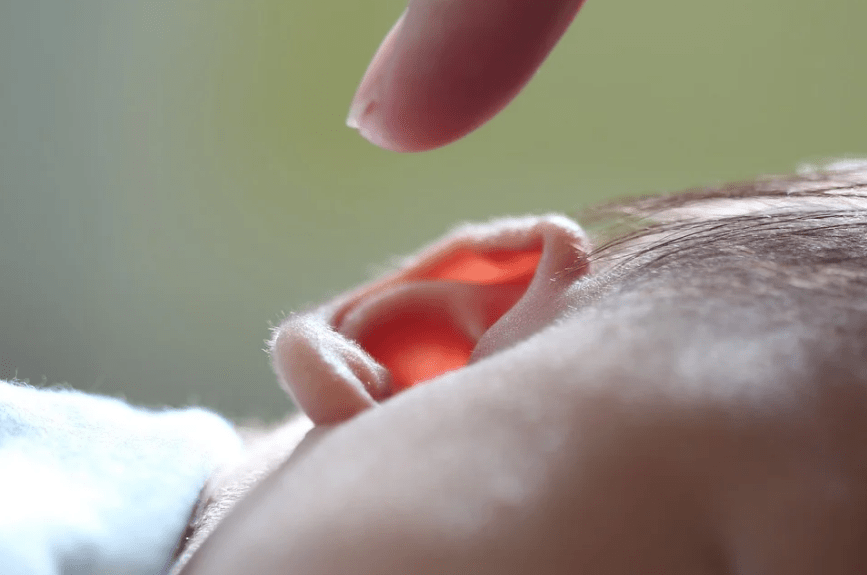Teaching Kids to Care for Pets: The Do’s and Don’ts

When teaching kids to care for pets, it's crucial to balance their responsibilities and limitations. Involve them in appropriate tasks like feeding and grooming to foster responsibility and empathy. Encourage gentle handling and respect for the pet's space to build a positive relationship. Avoid allowing teasing or rough play, as these behaviors can lead to fear or aggression in pets. Supervision is essential, particularly with younger children, to prevent accidents and ensure everyone's safety. How can you effectively navigate these guidelines?
Importance of Pet Safety
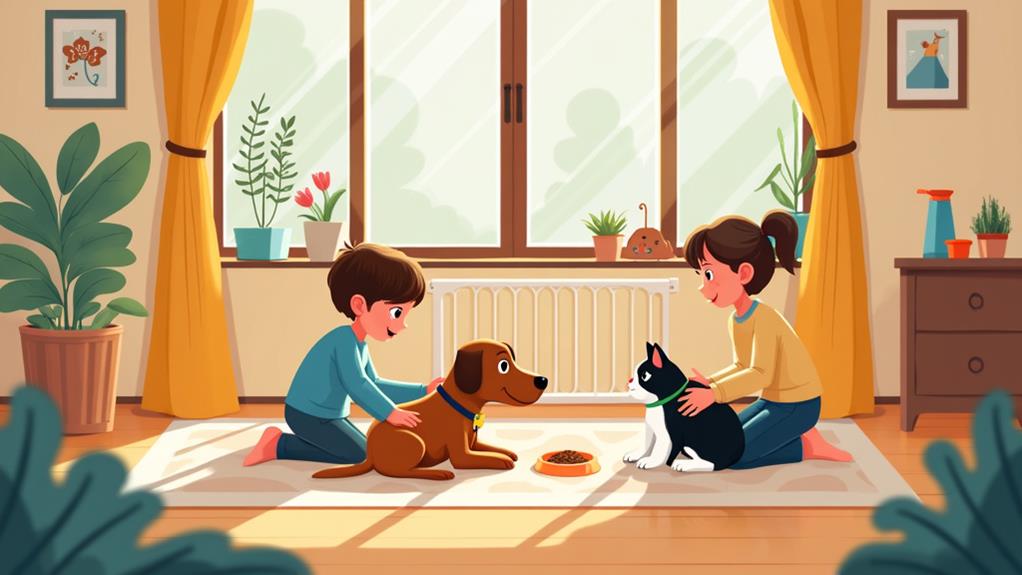
Teaching kids about pet safety is crucial for creating a secure environment for both children and pets. By educating children on how to safely interact with animals, you significantly reduce the risk of bites and trauma. This not only protects your children but also helps your pets feel more comfortable and secure.
Young children, particularly those under the age of 5, are especially vulnerable to zoonotic diseases. Educating them on proper pet behavior and hygiene can help prevent illnesses. Teach children to recognize signs of distress or aggression in pets, so they learn to respect animal boundaries. This understanding fosters a safer and more harmonious living environment where both children and pets can thrive.
Regular handwashing after handling pets is another essential habit to instill in your kids. This simple act helps prevent the spread of germs that could harm your children. Ultimately, educating children on pet safety fosters empathy and responsibility, vital skills for becoming responsible pet owners. By prioritizing pet safety, you're ensuring a healthier, happier relationship between your children and their animal companions.
Health Considerations
Prioritizing your pet's health is crucial for the well-being of both your family and your furry friends. Regular veterinary check-ups are essential for responsible pet ownership, as they help detect health issues early and ensure your pets receive necessary vaccinations, reducing disease transmission risks to children. Monitoring your kids' interactions with pets, especially those under 5, is important since pets can carry zoonotic diseases. Encourage proper hygiene practices like handwashing after playing with or handling pets to minimize germ transmission.
When introducing a new pet into your home, be vigilant about potential allergies your children might have to pet dander or saliva. Observe their reactions and consult a doctor if any allergic symptoms appear. Regular grooming and effective parasite control are also vital for maintaining a healthy environment for both pets and children, preventing the spread of germs and allergens.
Additionally, teaching children about dog bites and safe interactions with pets can prevent injuries. Understanding these health considerations helps instill a sense of responsibility in your kids, promoting the safety and happiness of both your family and your pets.
Responsible Pet Ownership

Teaching your kids about responsible pet ownership involves demonstrating the importance of daily pet care and proper training. By engaging them in tasks like feeding, grooming, and exercise, you not only fulfill the pet's needs but also instill a sense of responsibility in your children. Additionally, socialization and mental stimulation are crucial for your pet's overall well-being, ensuring they remain happy and healthy.
Daily Pet Care
Assigning suitable daily care tasks to children based on their developmental stage is essential for responsible pet ownership. For dogs, children can handle age-appropriate tasks like feeding, grooming, and exercising, fostering a sense of responsibility and empathy. Establishing a consistent routine teaches kids the importance of reliability and ensures the dog's needs are met daily.
Encourage children to recognize signs of discomfort or illness in their pets, enhancing their understanding of animal welfare and making them more attentive caregivers. Involving kids in decisions like choosing toys or meal options promotes critical thinking and a sense of ownership. Regularly discuss the commitment required for pet ownership, emphasizing that pets rely on their caregivers for daily care, love, and attention.
Here's a simple breakdown of suitable tasks for different age groups:
| Age Group | Task |
|---|---|
| 3-5 years | Filling the water bowl |
| 6-8 years | Brushing the dog's coat |
| 9-12 years | Walking the dog |
| 13+ years | Preparing meals |
These age-appropriate tasks help children develop essential skills while ensuring pets receive the care they need.
Training and Socialization
Creating a harmonious relationship between kids and their pets starts with effective training and socialization. Training pets using positive reinforcement methods not only improves behavior but also strengthens the bond between pets and children. When kids participate in training sessions, they develop better communication skills with their furry friends.
Early socialization helps pets become well-adjusted and comfortable in different environments, reducing anxiety and aggressive behaviors later in life. Regular interaction with various people, pets, and settings during the critical socialization period (between 3 to 14 weeks for puppies) is crucial for developing a confident and balanced adult pet.
Teaching children to recognize and respond to their pets' body language improves their understanding of animal behavior, fostering empathy and respect for their pets' feelings. Involving children in obedience training sessions also instills a sense of responsibility and allows them to practice leadership skills in a safe and supportive environment.
Here are some tips to help your kids interact safely with pets:
- Use positive reinforcement techniques during training.
- Encourage regular socialization with different people and pets.
- Teach kids to read and respond to their pets' body language.
- Involve children in obedience training sessions.
- Ensure pets are comfortable in various environments.
Educational Resources
Teaching kids about pet care is easier than ever with a variety of educational resources available. Community programs through LA County health services provide families with valuable insights into pet care and safety, offering guidance on how children can safely interact with pets. Local veterinary clinics also host workshops and seminars aimed at educating both children and parents on responsible pet ownership.
Online resources, such as websites and videos, offer clear guidelines and tips on safe interactions and proper care practices, reinforcing what your child learns in-person. Schools often include pet safety education within their health curricula, providing kids with essential knowledge about animal behavior and care.
Informational pamphlets, often distributed at public health events, serve as handy references for families looking to enhance their understanding of pet safety and responsibilities. These resources ensure your child is well-prepared to care for their furry friends safely and responsibly.
Promoting Positive Relationships
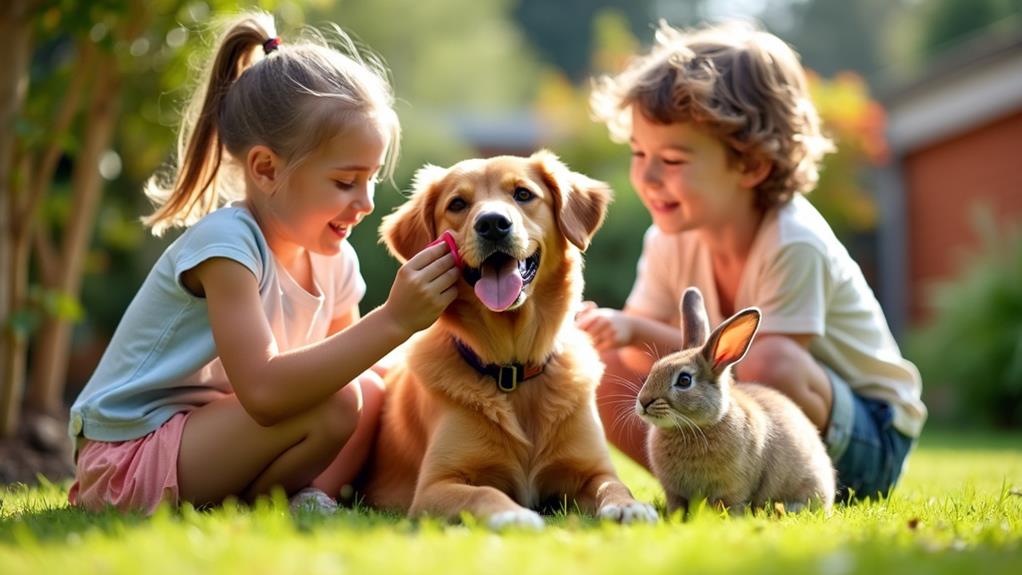
Fostering a positive relationship between your child and their pet begins with consistent, gentle interactions. Building trust is key, as it strengthens their bond and encourages mutual respect. Involving your child in pet care tasks, such as feeding and grooming, fosters responsibility and nurtures empathy. Shared activities like walks and playtime enhance their connection, promoting physical activity and social skills for both your child and the pet.
Teaching your child to observe and understand pet body language is essential for recognizing when the pet is happy or stressed, facilitating safer and more enjoyable interactions. Positive reinforcement training methods are also vital. Encourage your child to participate in training sessions to reinforce good behavior in pets and establish a cooperative, trusting relationship.
Here are practical ways to promote positive relationships:
- Consistent Care: Ensure your child regularly feeds and grooms the pet.
- Shared Activities: Engage in walks and playtime together.
- Observation Skills: Teach your child to read pet body language.
- Interactive Training: Use positive reinforcement to involve your child in training.
- Empathy Building: Discuss the pet's needs and feelings with your child.
Safe Interaction Practices
To ensure a harmonious relationship between your child and their pet, it's crucial to emphasize safe interaction practices. Teach your child to approach dogs calmly and at an angle, rather than head-on, to prevent startling the dog and causing defensive reactions. Explain that direct eye contact can be perceived as a threat by dogs and may provoke aggression.
Before petting a dog, instruct your child to allow the dog to sniff their hand first. This helps establish trust and comfort between the dog and your child. Encourage gentle petting techniques, such as stroking the dog's back, while avoiding sensitive areas like the head and tail.
Additionally, remind your child to always ask for permission from the dog's owner before interacting with any unfamiliar dogs. This ensures safety and respects the dog's boundaries. By following these guidelines, you can teach your child how to safely interact with pets, fostering a positive and secure environment for both your child and their furry friend.
Teaching Safety Rules
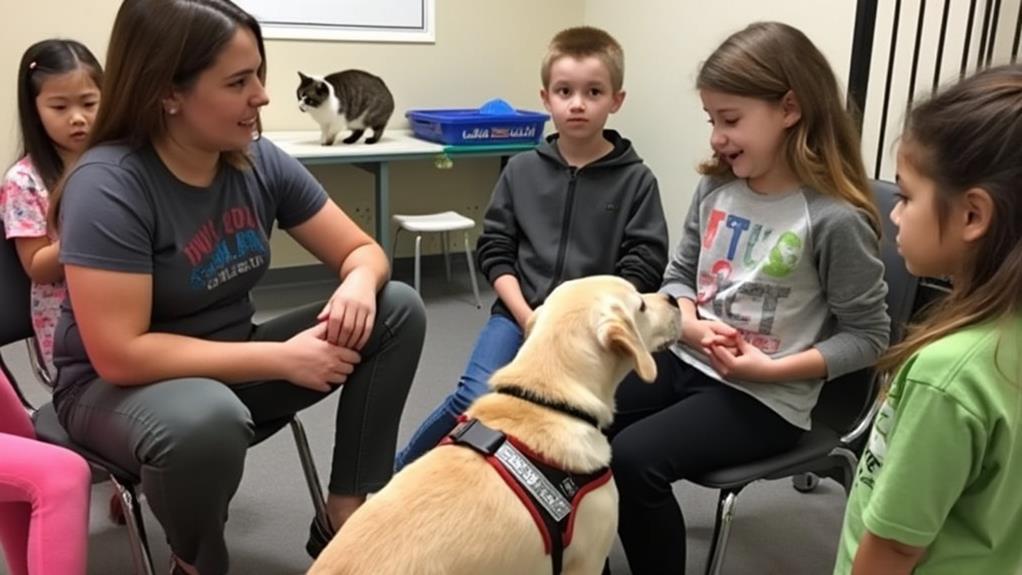
Teaching safety rules is crucial for fostering a secure and positive relationship between your child and their pet. Young children may not inherently understand the boundaries necessary for safe interactions. By instilling these rules, you can create a harmonious home environment.
- Be gentle with pets: Teach children to handle pets with care. Rough treatment can harm pets and lead to defensive behavior.
- No teasing: Explain that actions like pulling tails or taking toys can stress pets and provoke aggression. Teasing is harmful, not playful.
- Respect pets' space: Instruct your child to give pets their own space, especially during meals, sleep, or nursing. Disturbing them can cause anxiety and negative reactions.
- Keep faces away from pets: Teach children to avoid face-level interactions to reduce the risk of bites. Pets may feel threatened by sudden close proximity.
- Hand-feed treats safely: Show your child how to hand-feed treats with fingers close together to minimize the risk of nips or accidental bites.


